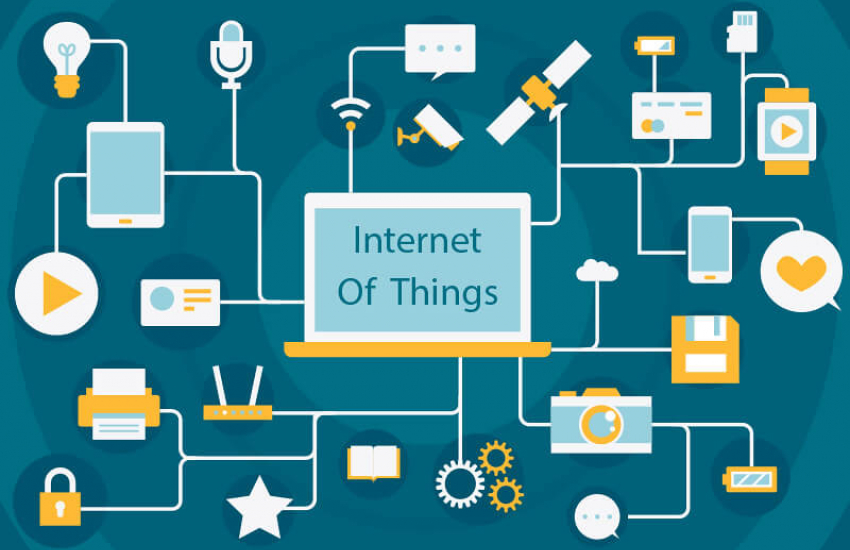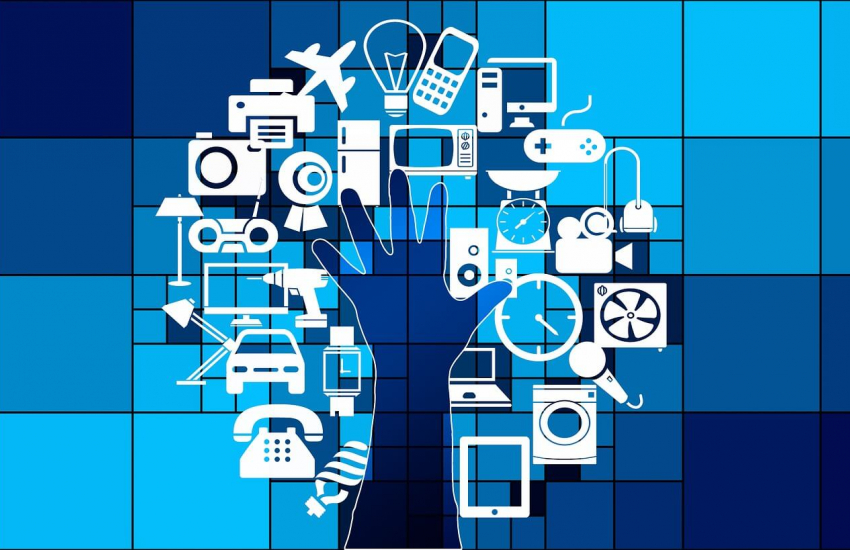IoT Device Management: Simplifying Control and Optimization
The Internet of Things (IoT) is expanding quickly. For companies in all fields, it's vital to monitor their devices closely. IoT device management aims to make managing and improving these devices easier.
With more devices getting connected, handling them becomes more complex. This article opens the door to discussing why IoT device management matters, including its role, how it works, and the benefits it offers.
Understanding IoT Device Management
When more IoT devices are added to a network, tracking each one's settings and performance can be a bit tough. Having a system to manage them ensures they work well and stay secure. Also, IoT devices are sometimes put in places that are hard for humans to reach. With an effective management method, you can remotely check and adjust these devices.
As technology changes fast and new security risks appear, IoT devices need to get regular updates. Management systems make installing these updates easier by keeping the devices safe and working right.
Also, dealing with the data from IoT devices is another aspect, as they collect lots of data. Properly analyzing this data is vital for making intelligent decisions and improvements. Management systems help keep this data organized and secure, making sure it's useful and protected.
Benefits of Effective IoT Device Management

Managing IoT devices well brings several benefits. First, automating the supervision, management, and maintenance of IoT devices cuts down on manual labor and errors. Operations become more efficient, freeing up personnel for vital tasks. This, in turn, boosts operational effectiveness.
Security is crucial, given the extensive network of IoT devices. Effective management involves frequent software updates and fixes as it helps to reduce the chance of cyber threats.
Ensuring devices run continuously without interruption is another advantage. Regular maintenance and timely updates prevent issues that could cause outages, keeping IoT systems dependable and operational.
Moreover, IoT devices produce vast amounts of data. Proper device management facilitates the organization, storage, and analysis of this data, simplifying the extraction of actionable insights. These insights can enhance operations, customer satisfaction, and strategic decisions. As the IoT network expands, integrating new devices poses challenges. A solid IoT device management framework eases this process.
Core Functionalities of IoT Device Management

Starting with device provisioning and authentication: this phase involves preparing and registering devices within the network. It verifies that each device is authenticated correctly. This allows for secure communication across the network. This early stage is crucial as it helps in ensuring that device operations are secure and reliable.
Next, managing device configurations needs to be a priority after integrating devices into the network. This includes updating their settings, overseeing network connections, and remotely controlling device operations. This process guarantees that devices perform according to the rules and guidelines that have been established.
Monitoring and diagnostics play a significant role as well. They involve keeping track of the devices' health, usage, and performance indicators. When issues arise, diagnostic tools help quickly identify and resolve these issues. This practice keeps devices running efficiently and helps to minimize any downtime.
Over time, devices require updates to enhance their performance, introduce new features, or fix security flaws. Handling these updates means all devices are running the most current software version. Conducting regular maintenance is also essential for extending the lifespan of devices and optimizing their performance.
Security management stands out as perhaps the most critical aspect. It includes various strategies to safeguard devices and their data against unauthorized access and cyber threats. This could include implementing effective encryption methods, controlling access, and regularly updating security measures.
Best Practices for IoT Device Management
It's essential to keep IoT devices up to date. Regular firmware and software updates can fix security holes, add features, and boost device performance. Organizations need to plan for these updates to make sure devices use the latest versions.
Using robust methods to check who accesses IoT devices is key to blocking unauthorized entry. This might mean using certificates, two-factor authentication, or other secure ways to confirm the identities of devices and users on the network. Encrypting data sent to and from IoT keeps sensitive information safe from eavesdropping and unauthorized access while in transit.
Network security tools like firewalls and intrusion detection systems can defend IoT devices from outside attacks. They watch and regulate traffic going in and out of the network according to security guidelines. Constantly watching over IoT devices helps spot problems early. This could be things like a drop in performance or security issues. A good device management platform allows for remote monitoring, managing, and fixing devices.
IoT Device Management Platforms

Many tools and technologies are available to monitor IoT device data. Each type of tool comes with a specific purpose. Software platforms have features that help analyze, process, and show data. They work with data from many places. This makes them useful for various tasks. Cloud-based services can store and look at a lot of data. They do this without using physical servers. These services are good for predicting trends and making decisions based on data.
Security tools keep the IoT ecosystem safe and working well. They can find threats and problems as they happen. Device management tools keep devices working properly. These tools update the device's software, run checks, and fix problems.
Connectivity management tools help keep IoT devices connected to the internet. They make sure the devices can always send and receive data smoothly. There are also custom development tools. Developers use these tools to make unique IoT monitoring applications. They use programming languages like Python and JavaScript. These tools allow for custom solutions to monitoring challenges.
Case studies of Successful IoT Device Management Implementations
In the UK, the logistics company CMS has enhanced its fleet of 29 vans' fuel efficiency by 3.3 miles per gallon using IoT technology. They have initiated a Driver Challenge program that motivates employees by displaying their performance in safety and efficiency. It gamifies the process, encouraging drivers to move up a leaderboard.
The medical industry has seen significant changes thanks to IoT technology. Nowadays, insulin pumps, defibrillators, and pacemakers that can be programmed in the field are common. Innovations continue to emerge, utilizing the extensive sensor technology in smartphones. For example, a groundbreaking study demonstrated that a standard smartphone could accurately conduct lung function tests.
Since 1998, Singapore has applied data analytics to ease traffic congestion by implementing variable road tolls, which discourage the use of congested routes. Currently, it is developing an Intelligent Transport System (ITS). This system aims to use data from sensors on traffic flow, road status, and weather conditions to be able to adjust speed limits, direct the usage of lanes, and assist drivers in finding the most efficient routes.
Future Trends in IoT Device Management
The future of managing IoT devices is looking at several key trends that will change how organizations deal with and enhance their connected devices. Firstly, automation and AI will become integral in device management. AI will take over routine tasks like updates and performance checks, making the process more efficient. Security will also get a boost. As more devices connect, stronger security is necessary. Future strategies will use advanced methods like biometrics and blockchain for better protection against cyber attacks.
Moreover, Edge computing is set to become more common. This means processing data near the device, not just in distant data centers. It will cut down on delays and improve decisions made in real-time. There will be efforts to make different IoT devices and platforms work better together.
Making communication methods and protocols standard will ease the integration and management of devices. The introduction of 5G networks will make connections quicker and more reliable. This is crucial for instant data handling and managing devices remotely in areas such as self-driving cars and remote healthcare.
What is vulnerability management of IoT devices?
Managing the vulnerabilities of IoT devices involves processes such as finding, evaluating, and reducing security weaknesses. These weaknesses could make IoT devices open to cyber threats. Weaknesses include old firmware, simple passwords, software bugs, and setup mistakes. The aim is to lower the chance of these weaknesses being used against the devices. As IoT devices become more common in our lives, strong management of vulnerabilities helps protect an individual’s privacy and security.
Conclusion
To sum it up, managing IoT devices is incredibly important. It ensures that all the interconnected devices can work smoothly and securely in today's digital environment. It's not just about convenience; it's a fundamental requirement to make the most out of these devices and reduce risks in our ever-expanding era of interconnected devices.


